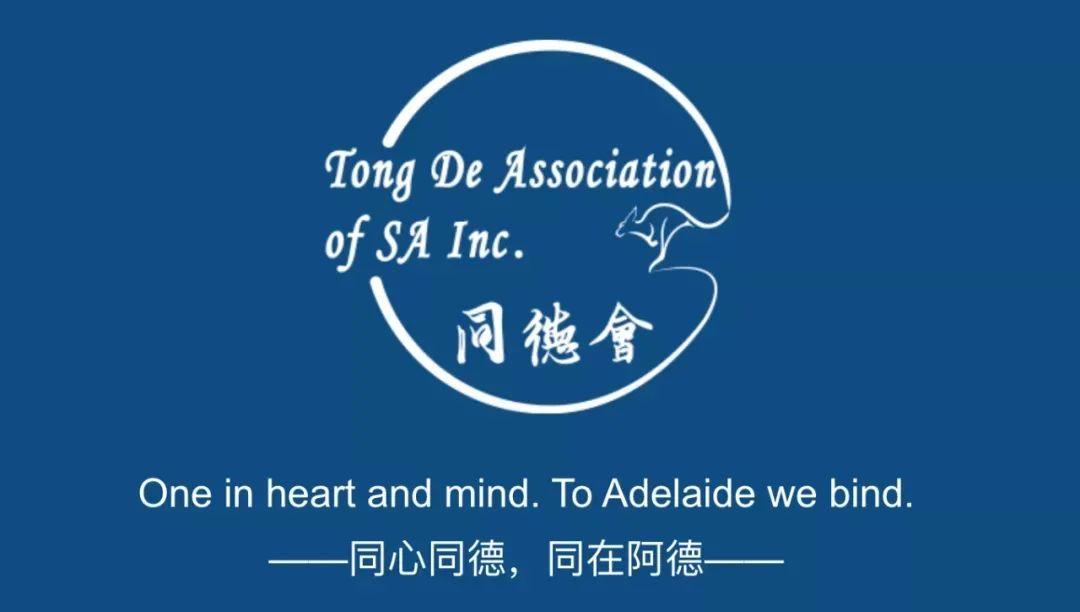
Discover What an Australian Fire Station Looks Like!

On 20th Dec, members of Tong De Association were honoured to visit the SA CFS Headquarters. Several important service centres are located at the CFS State Headquarter, including the South Australian Fire and Emergency Services Commission (SAFECOM), the SA Country Fire Service (CFS), the South Australian Metropolitan Fire Service (MFS), and the South Australian Emergency Service (SES).
SAFECOM is an independent body that provides shared guidance, strategy, and policy oversight of the three emergency services in South Australia and provides key support services to the emergency services.
The CFS serves South Australian communities through dedicated volunteers delivering professional fire and rescue services to outer metropolitan, regional and rural South Australia.
The MFS is responsible for protecting the South Australia community from fires, traffic accidents, hazardous materials, and other emergency situations.
The SES is primarily responsible for responding to extreme weather and flooding events. The SES also responds to road crashes, marine incidents, swiftwater, vertical, and confined space rescues.
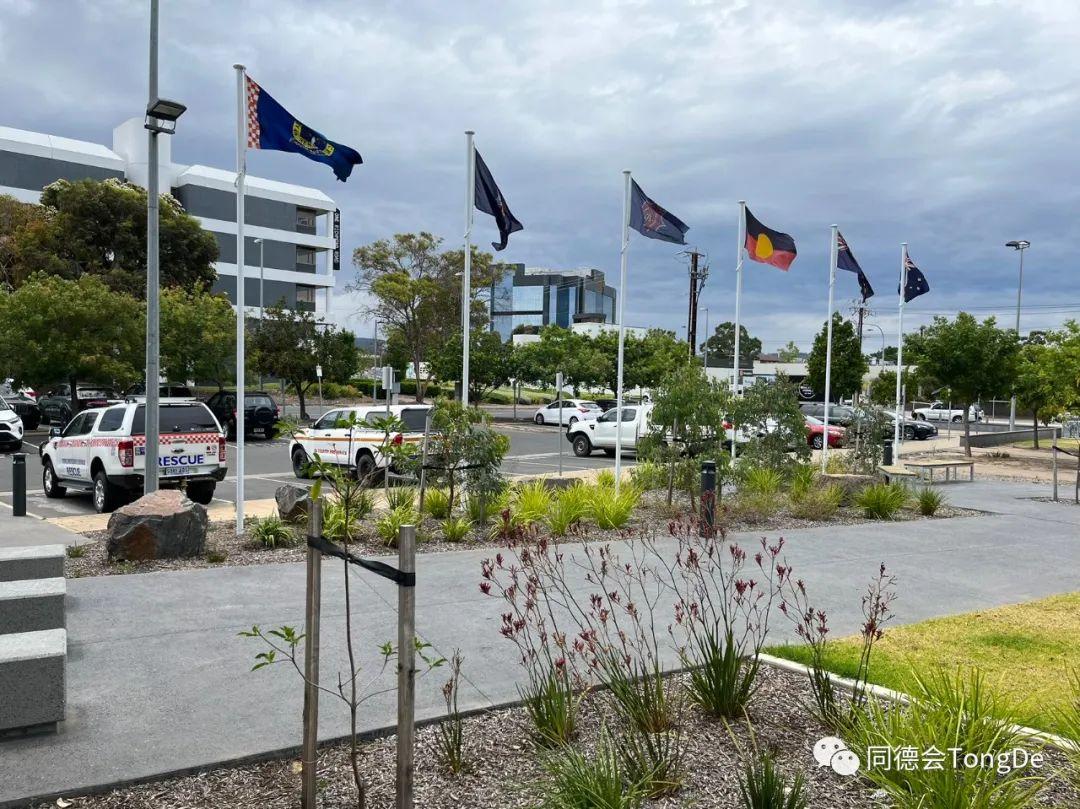
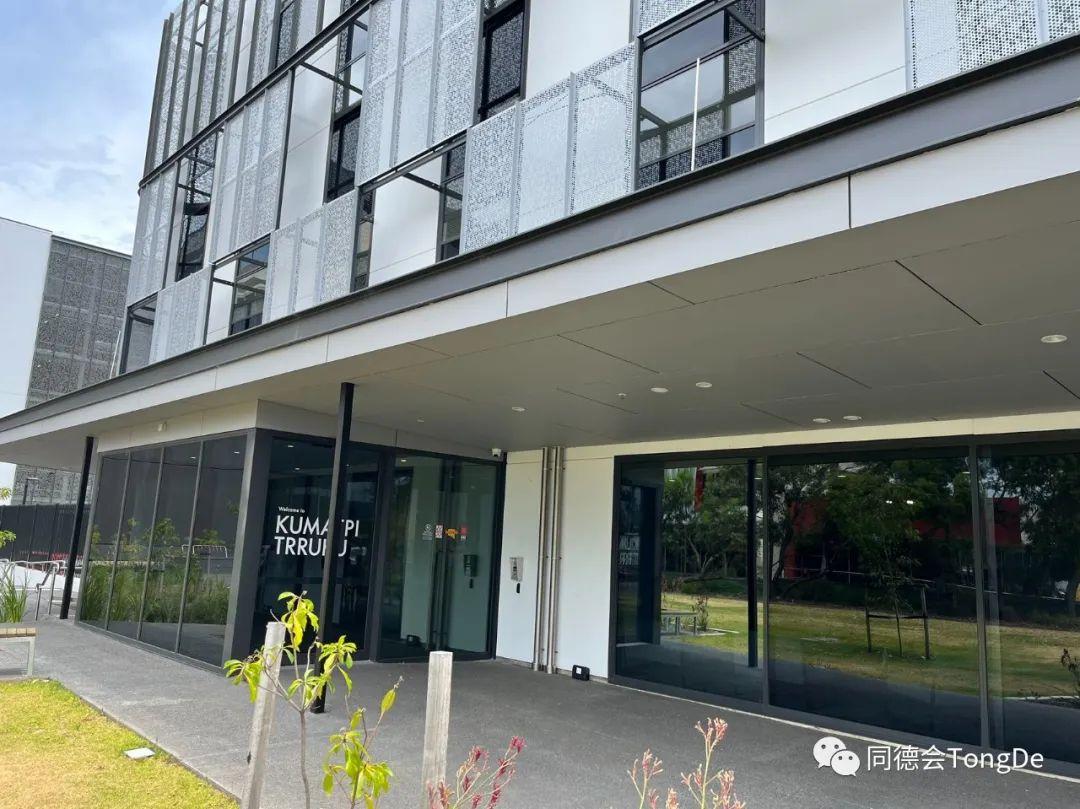
The CFS is the primary professional service centre responsible for bush fires, floods, building fires, traffic accidents, and hazardous material spills.
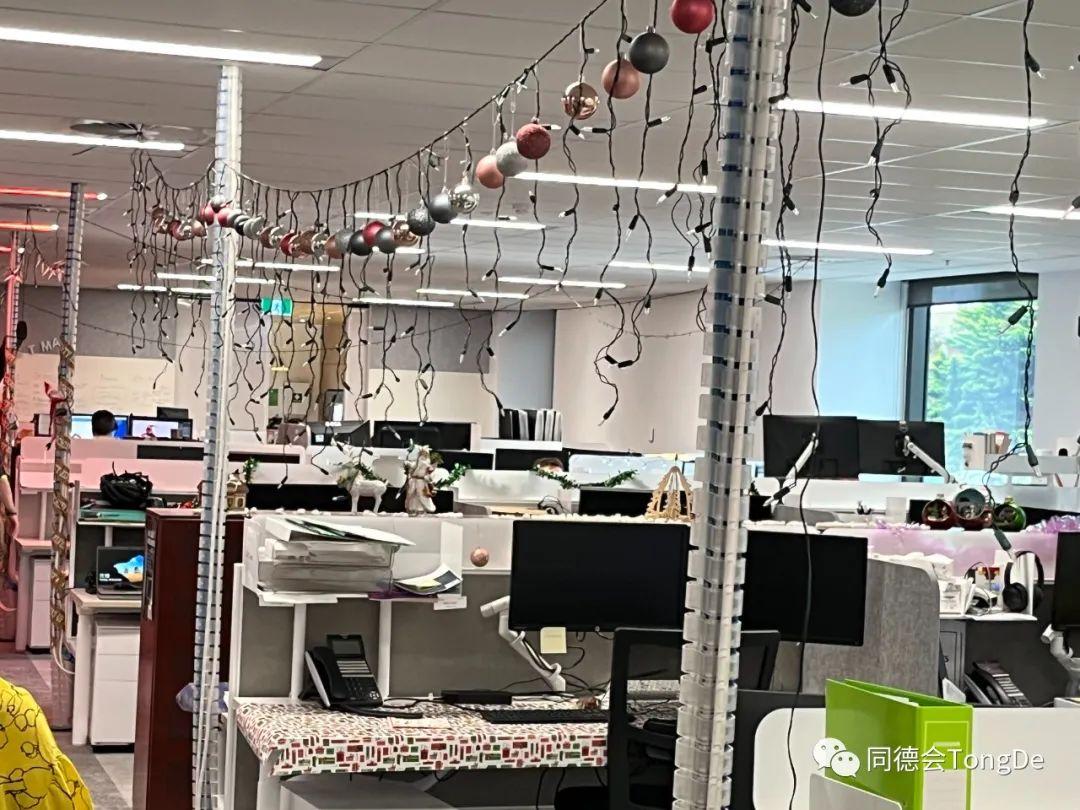
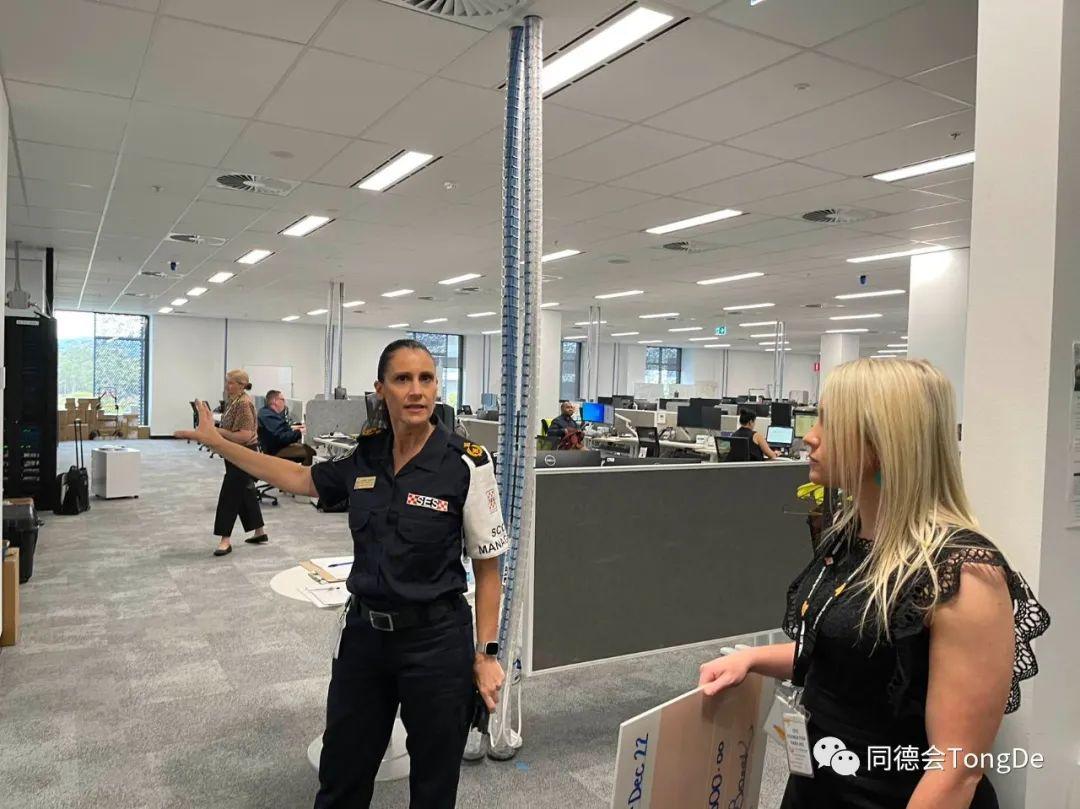
With volunteers serving the community, CFS provides professional fire and rescue service to the South Australia community.
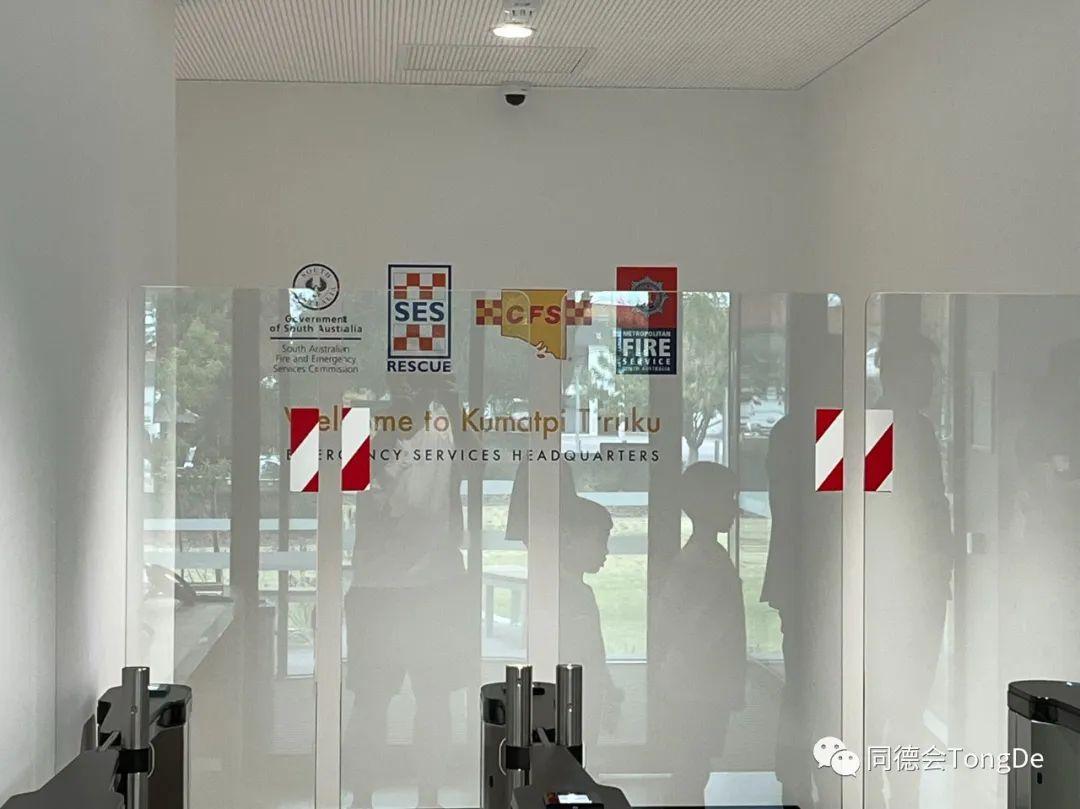
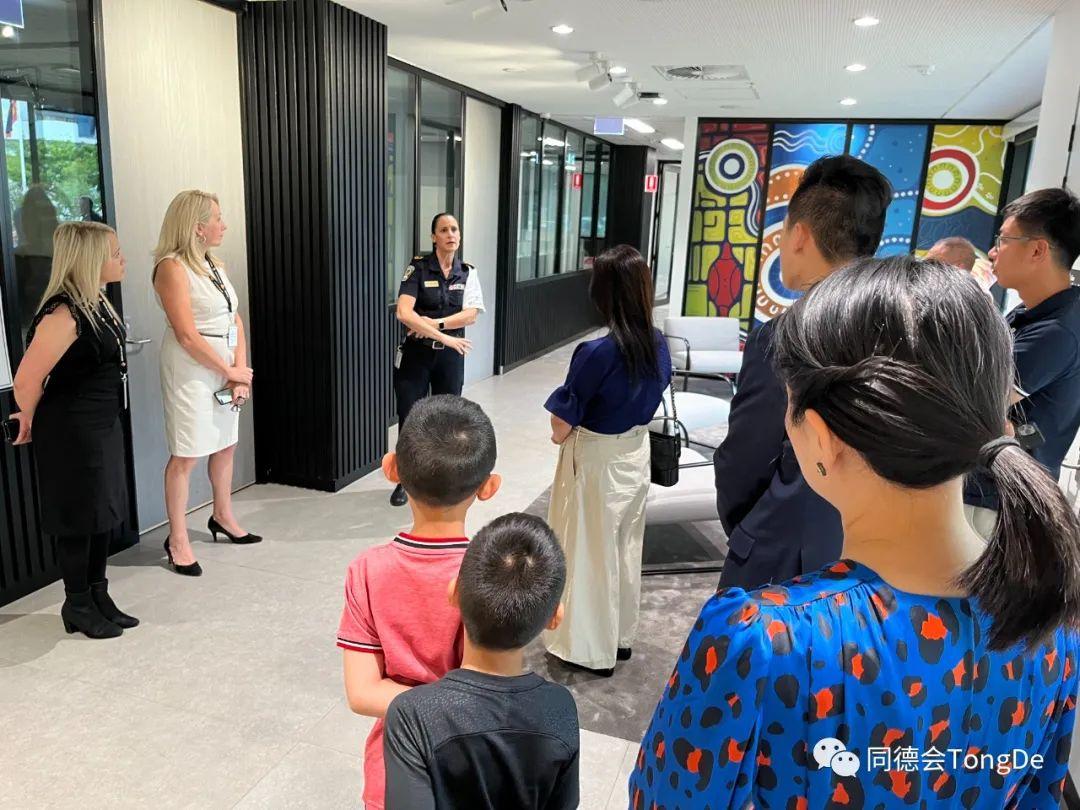
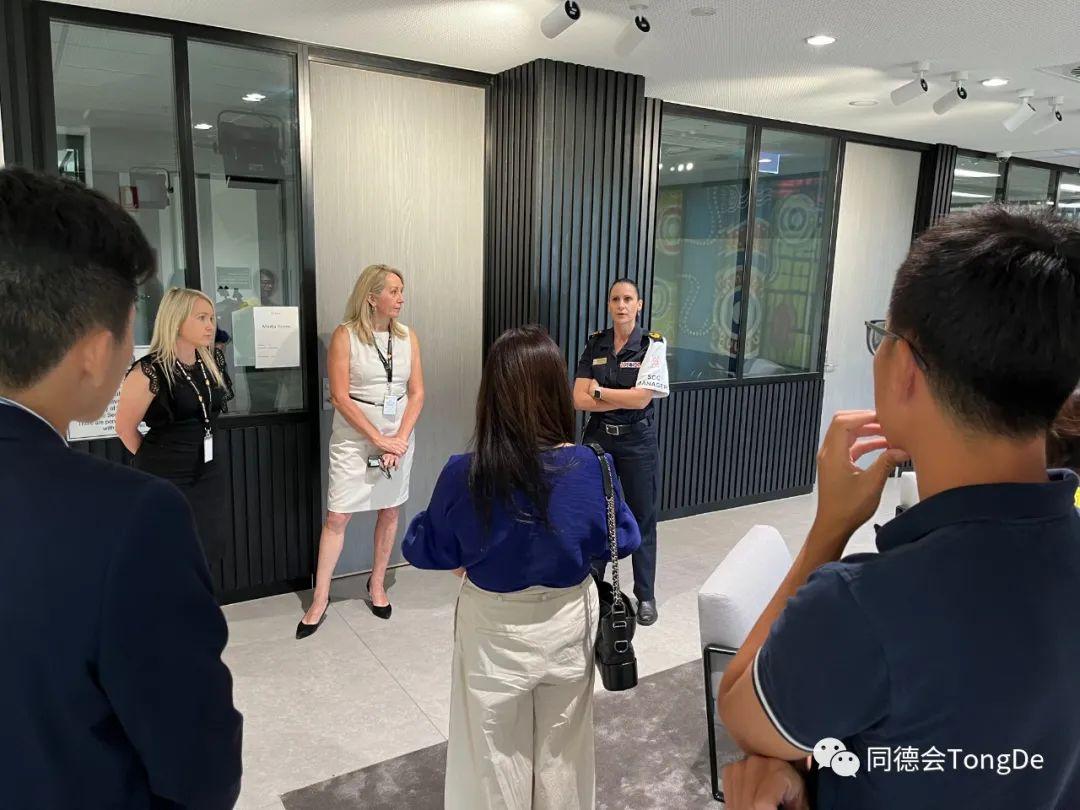
CFS is managed by the South Australian government, responsible for firefighting, search and rescue operations, and responding to car accidents. It also promotes community awareness of bush fire prevention and fire safety.
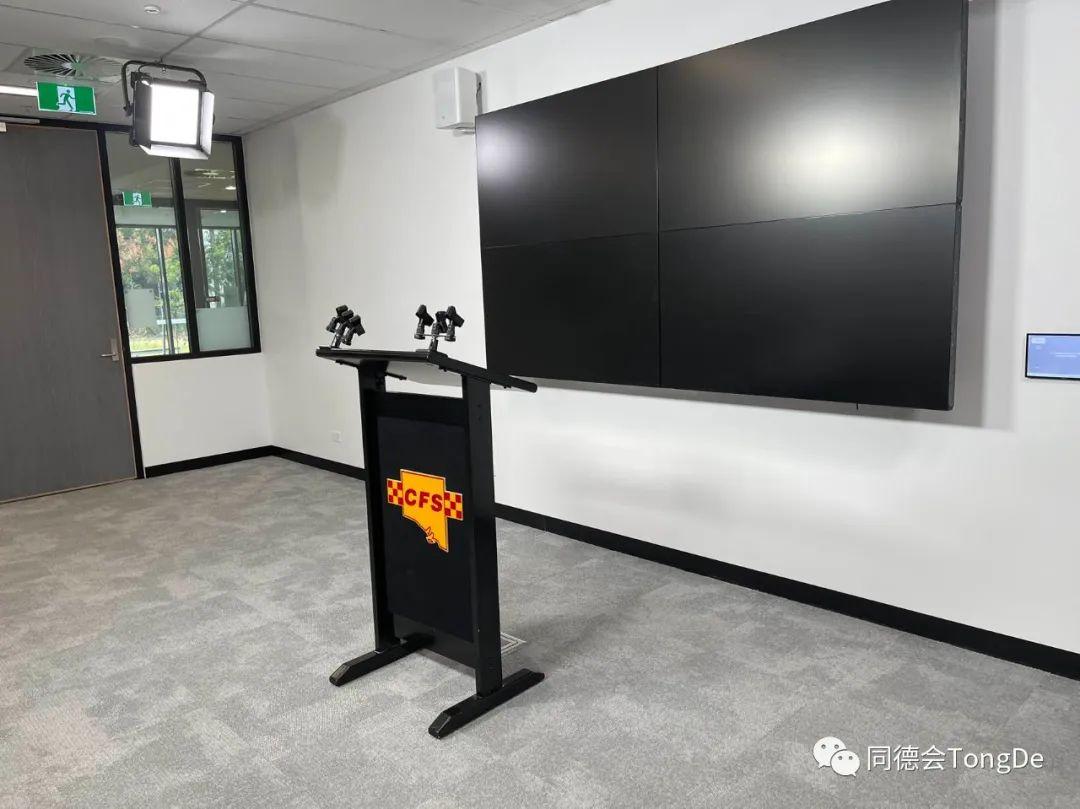
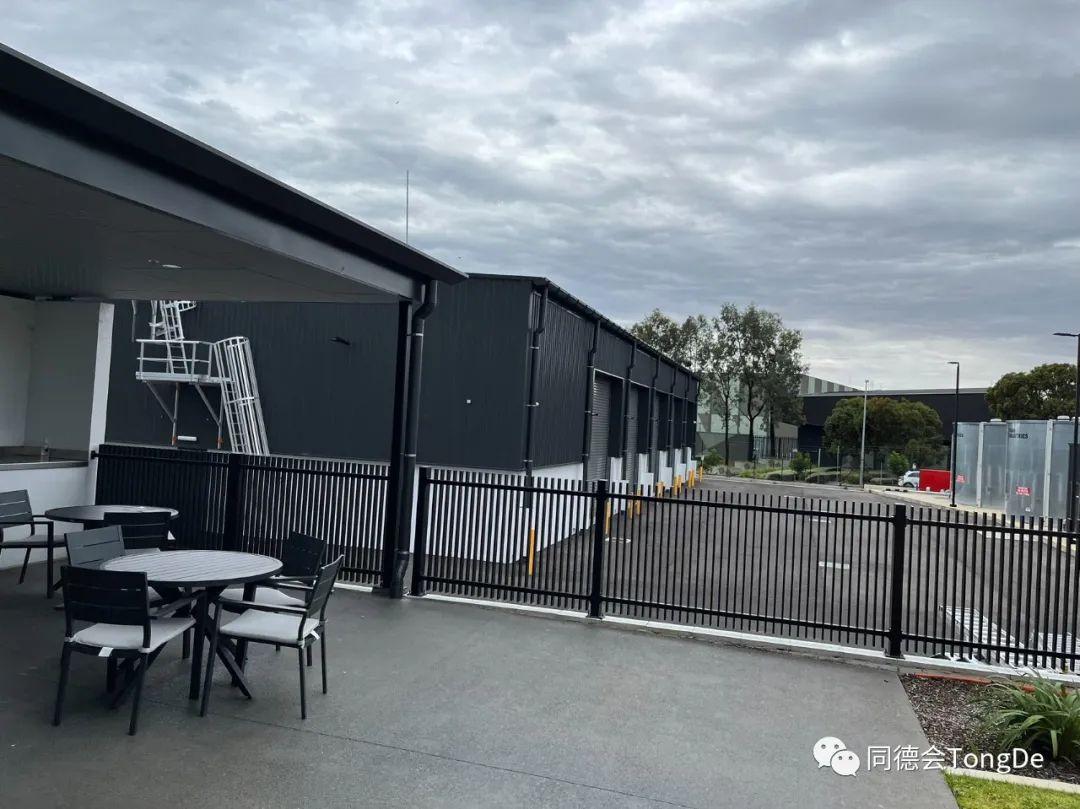
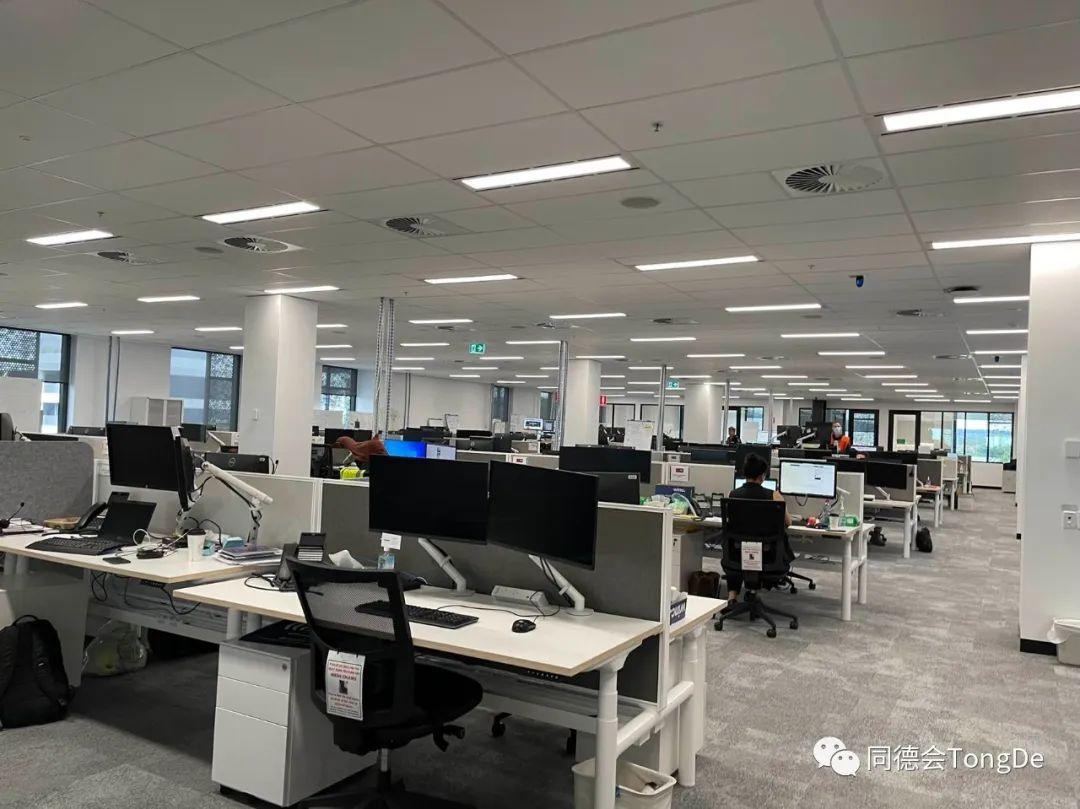
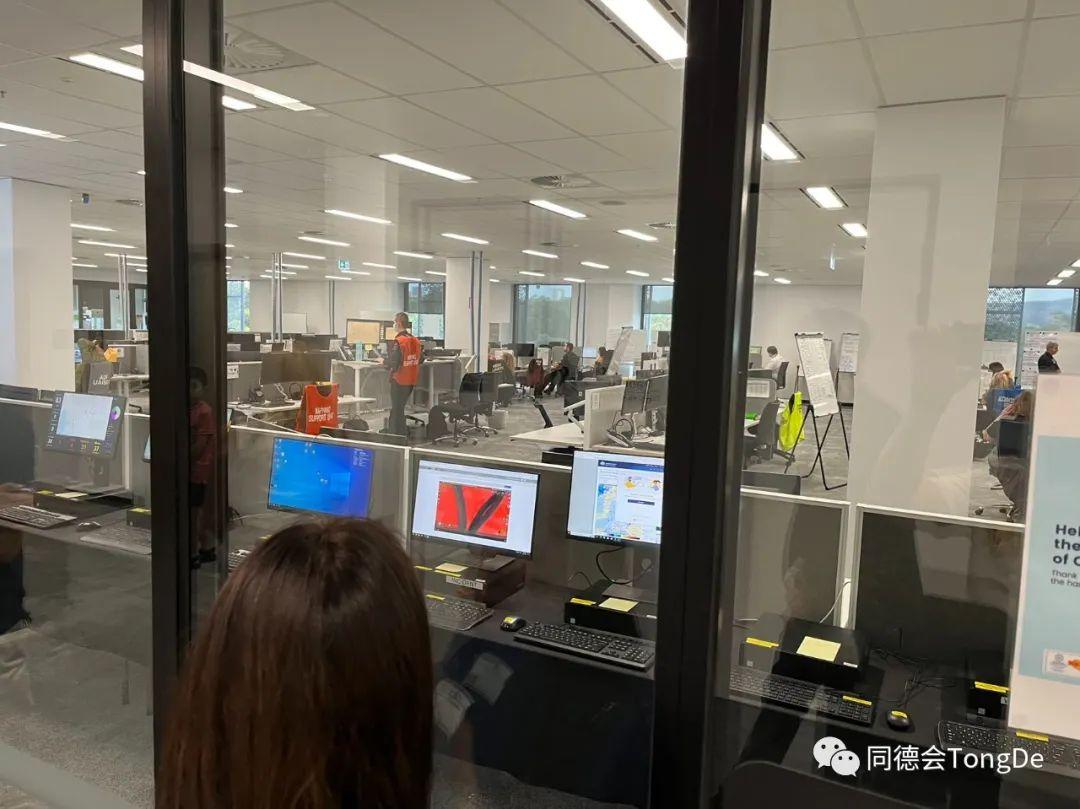
With the valuable experience of visiting the headquarters, members of Tong De Association recognise the duty of CFS. Australians place great emphasis on forest firefighting and when a major bushfire occurs, all available resources are mobilized to fight the fire. Training citizens is a key aspect of this approach, with firefighting education provided at the age of 12 and fire prevention skills training at 16. Australia has a sophisticated forest fire monitoring system with very advanced scanning technology for detecting fire situations.
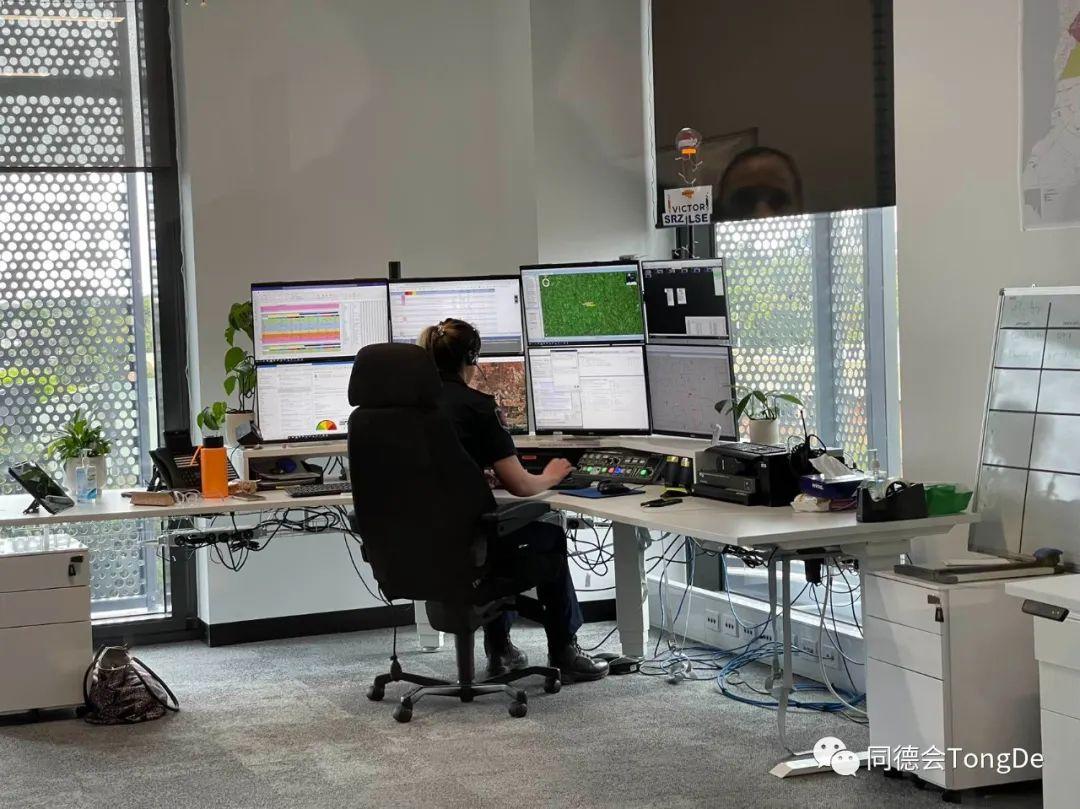
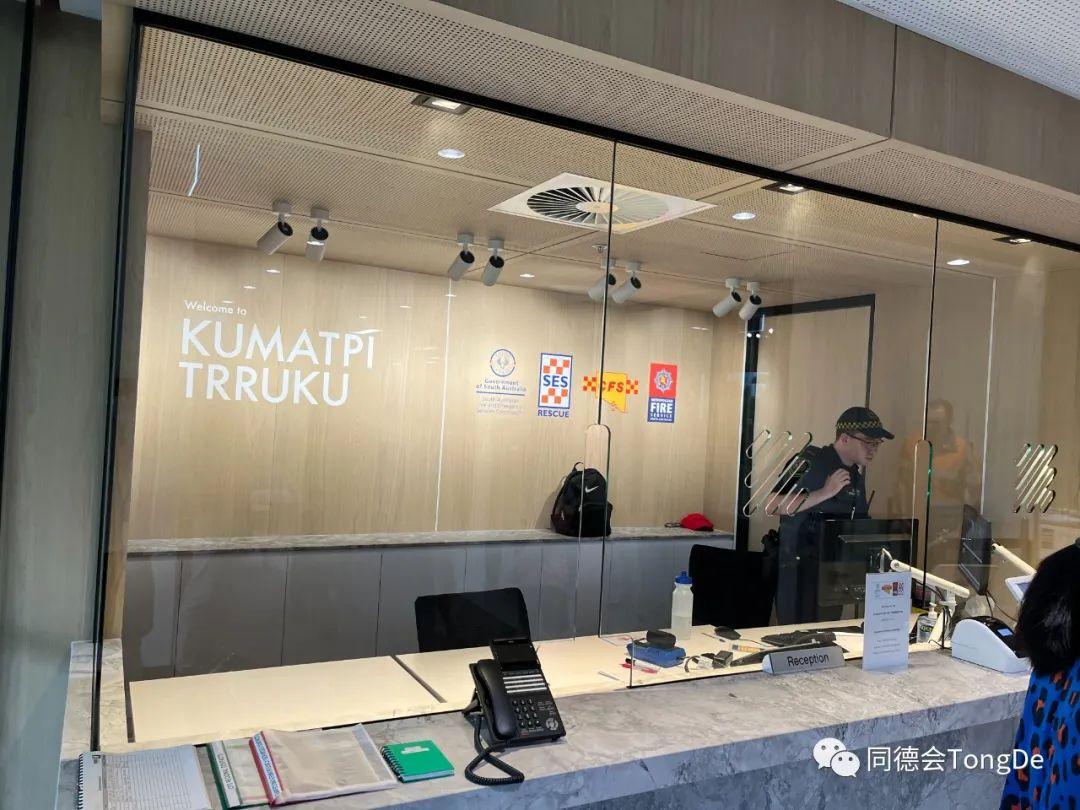
In Australia, forest firefighting is supported by a broad range of societal resources, a robust legal system, institutionalised training and education, advanced science and technology, and specialised equipment.

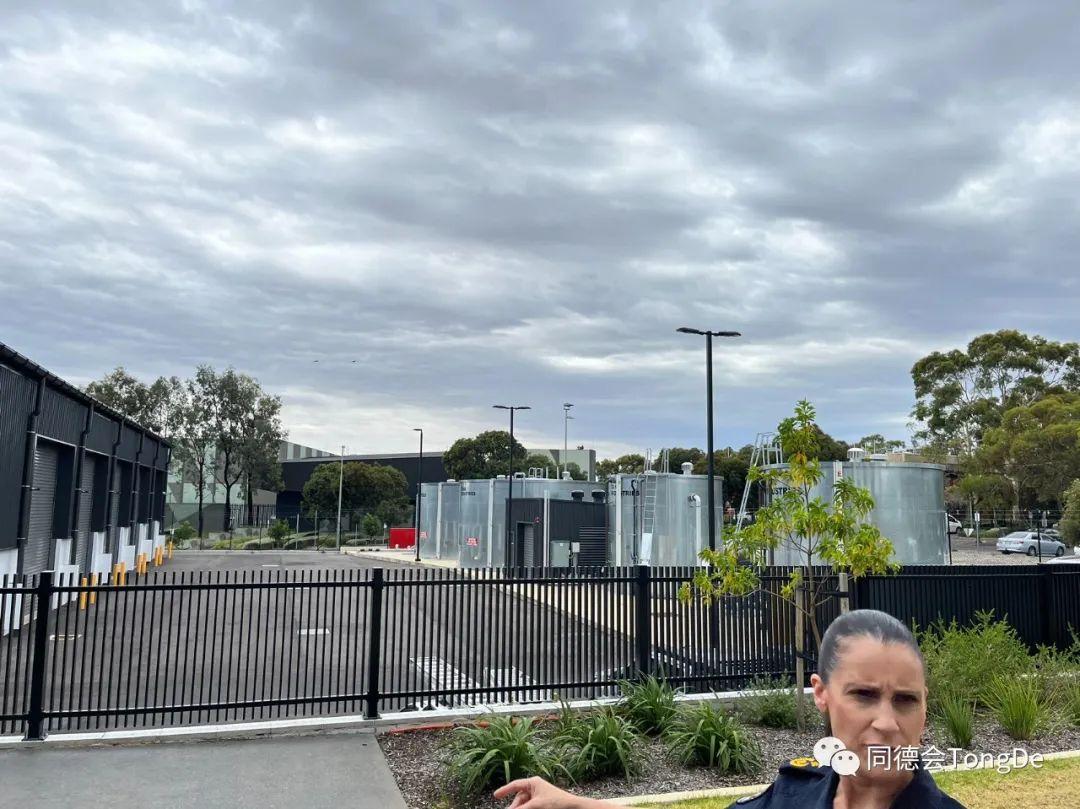
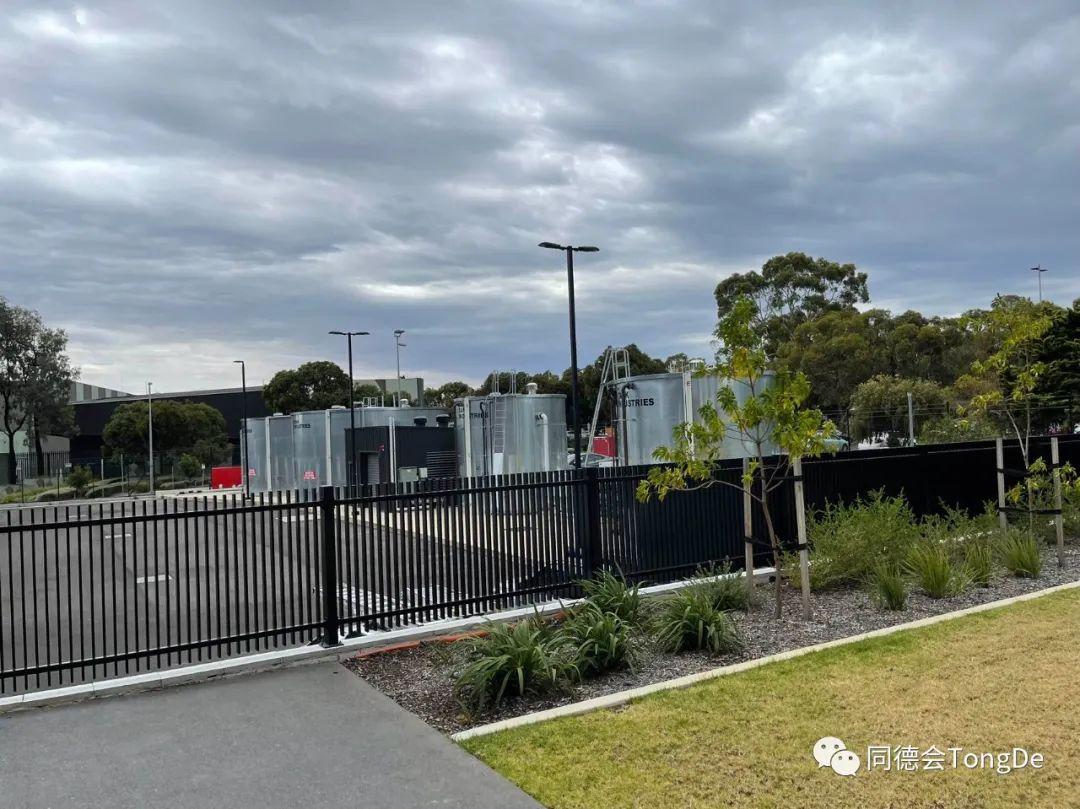
Volunteer firefighters in Australia do not receive any subsidies from firefighting organisations; they undergo training on weekends and may be called to duty in emergencies. Employers are required to pay volunteer firefighters during their assignments.

All funds raised by the Tong De Association at this year’s Christmas Charity Party were donated to the CFS. President Mr. Hu Hao stated, “Every year in Australia, there are fires, floods, and droughts, and while we may not always grasp the full scope of the damage or the impact on people. Our contributions aim to demonstrate the Chinese community’s commitment to supporting the broader Australian society.”

Since its inception, the Tong De Association has consistently raised funds for the CFS annually, with enthusiastic support from its members. Through these annual donations and a commitment to community care, the Chinese community is showing that we are not just a small group but an integral part of Australia’s multicultural society.
How to Report a Fire Safety Issue:
In the event of any sudden emergency or life-threatening situation in Australia, regardless of the time of day or night, contact emergency services by calling 000. Even if your cell phone is out of credit, this call is free.
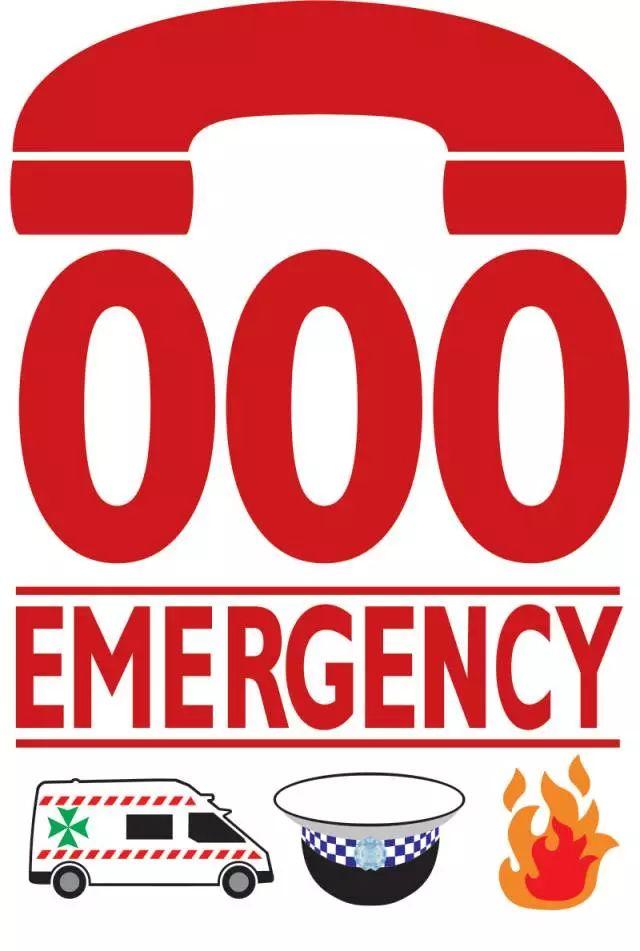
Remain calm and provide your name and full address, including house number, street name, and district, to help emergency responders locate you quickly.
If your English is not fluent, mention the language you speak, so that you can have an interpreter to help you. In case of emergency, you can directly talk to the operator to say Police or Fire or Ambulance, so that the operator can help you to transfer the line to locate the fire and save time. Briefly describe the source of the fire, such as chemicals, and burning materials, so that the firefighters can choose how to rescue the fire.
